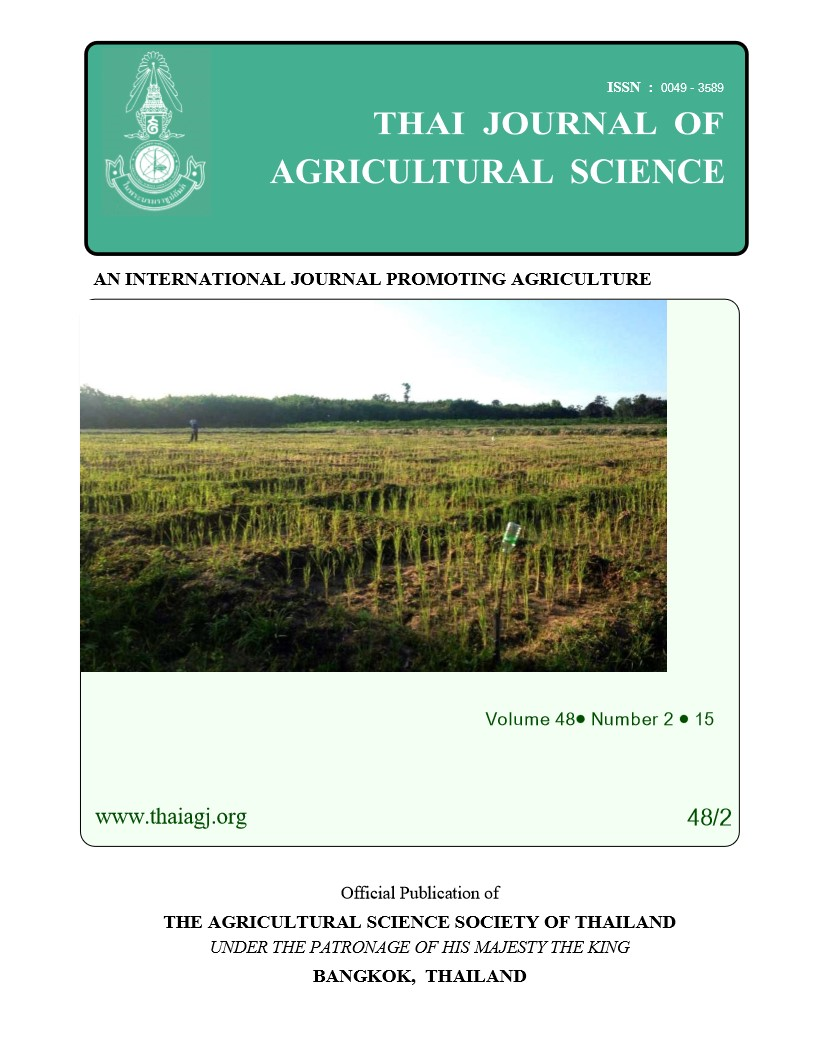Evaluation and Influence Nitrogen on Growth, Yield and Chemical Content of Nigella sativa L.
Main Article Content
Abstract
The environmental as well as financial impact of (inorganic) nitrogen fertilizer use deserves increased attention. Field data on changes of soil acidity such as pH and nutrient saturation with the application of Ammonium Sulfate and Urea, two major nitrogen ingredients sources, are scarce for Egyptian soils. Nigella sativa L. (belongs to family Ranunculaceae) is a widely used medicinal plant throughout the world. All nitrogen sources (Ammonium Sulphate and Urea) and quantity at (0.2, 0.4 and 0.6 g pot-1) were positively enhanced as compared to the control and significantly improved plant growth characters i.e., plant height (cm), leaf number (plant-1), branch number (plant-1), capsule number (plant-1), herb dry weight (plant-1), seed yield (plant-1) and chemical composition i.e, Fixed oil, Total Carbohydrates, Soluble Sugars, Protein and Nutrient content (NPK) of Nigella sativa L. plants. The highest values of plant growth characters were recorded when plants treated with urea at 0.4 g N pot-1. While chemically it was proved the best with the treatment of urea at 0.6 g N pot-1.

